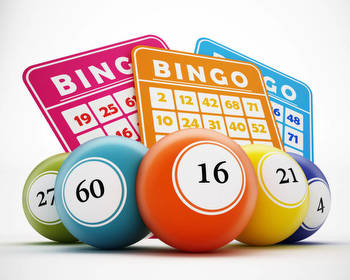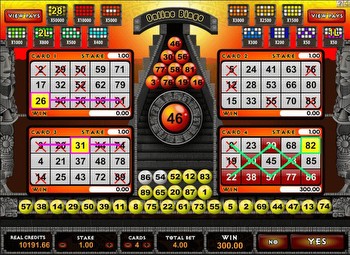Listener Reaction Bingo in Stuttering Desensitization Therapy

Many of our clients tell us that one of the most feared elements of stuttering is not the stutter itself, but the listener’s reaction. Will the other person make fun of me? Act like I’m stupid? Walk away?
Here’s a fun desensitization activity you can use to turn these fears on their head: play listener reaction bingo! In this twist on bingo, the squares are filled not with numbers, but with ways a listener might react to stuttering. Suddenly, instead of feeling crushed when a listener walks away, your client gets rewarded by crossing off a square! On a deeper level, they are learning that the uncertainty of others’ reactions is less horrifying when viewed from a perspective of curiosity.
How to do it:
Note that not every client will be ready for this exercise! Before beginning, make sure you are checking in about comfort level and modifying or discontinuing as needed.
When you’re ready to move ahead, help your client to brainstorm every possible way people might react to stuttering - including both good, bad and neutral responses. (For a traditional bingo card you’ll need 24, plus a free space.) Have fun with this part! We like to always include “no reaction”, as well as common pet peeves like “finish my sentence” or “tell me to calm down.” Encourage broad thinking by suggesting a few silly possibilities, like “the person runs away screaming” or “they stutter too and we become best friends.”
Next, give your client a chance to think critically by predicting which squares will fill up first. They will get a leg up on the bingo game if they predict correctly, because you are going to put their top eight choices on the diagonals with the free space in the middle! Make a different bingo card for yourself with a random arrangement.
Once you’ve made your bingo cards, head out into the community. (If your client is not ready to do the stuttering, you can do it for them and put them in the role of observer.) Pick a simple speech task like asking for the time with voluntary stuttering. Get your client to judge the listener’s reaction, and you can both cross off the appropriate square. If you're only checking off a few squares (likely!), ask your client how you could change what you're doing to elicit more variety.
Finally, debrief! What response did you get the most, and what does your client think that means? Did they learn anything that surprised them? Based on what they saw, how would they change their bingo card to have a better chance of winning next time? And above all, celebrate the achievement of bravely facing a fear.
--
The American Institute for Stuttering is a leading non-profit organization whose primary mission is to provide universally affordable, state-of-the-art speech therapy to people of all ages who stutter, guidance to their families, and much-needed clinical training to speech professionals wishing to gain expertise in stuttering. Offices are located in New York, NY, Atlanta, GA, and Los Angeles, CA, and services are also available online. Our mission extends to advancing public and scholarly understanding of this often misunderstood disorder.
Photo by Mick Haupt on Unsplash


































